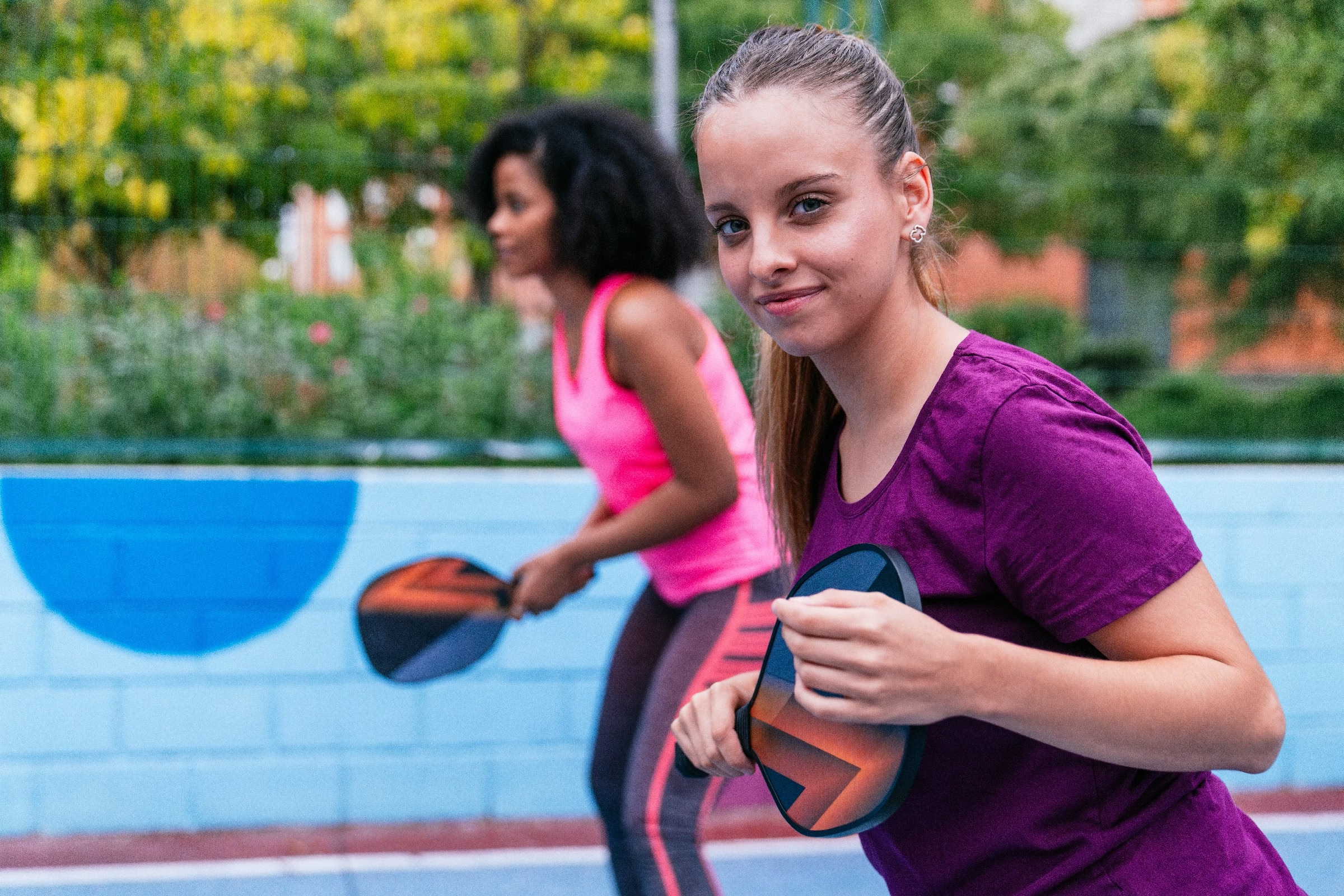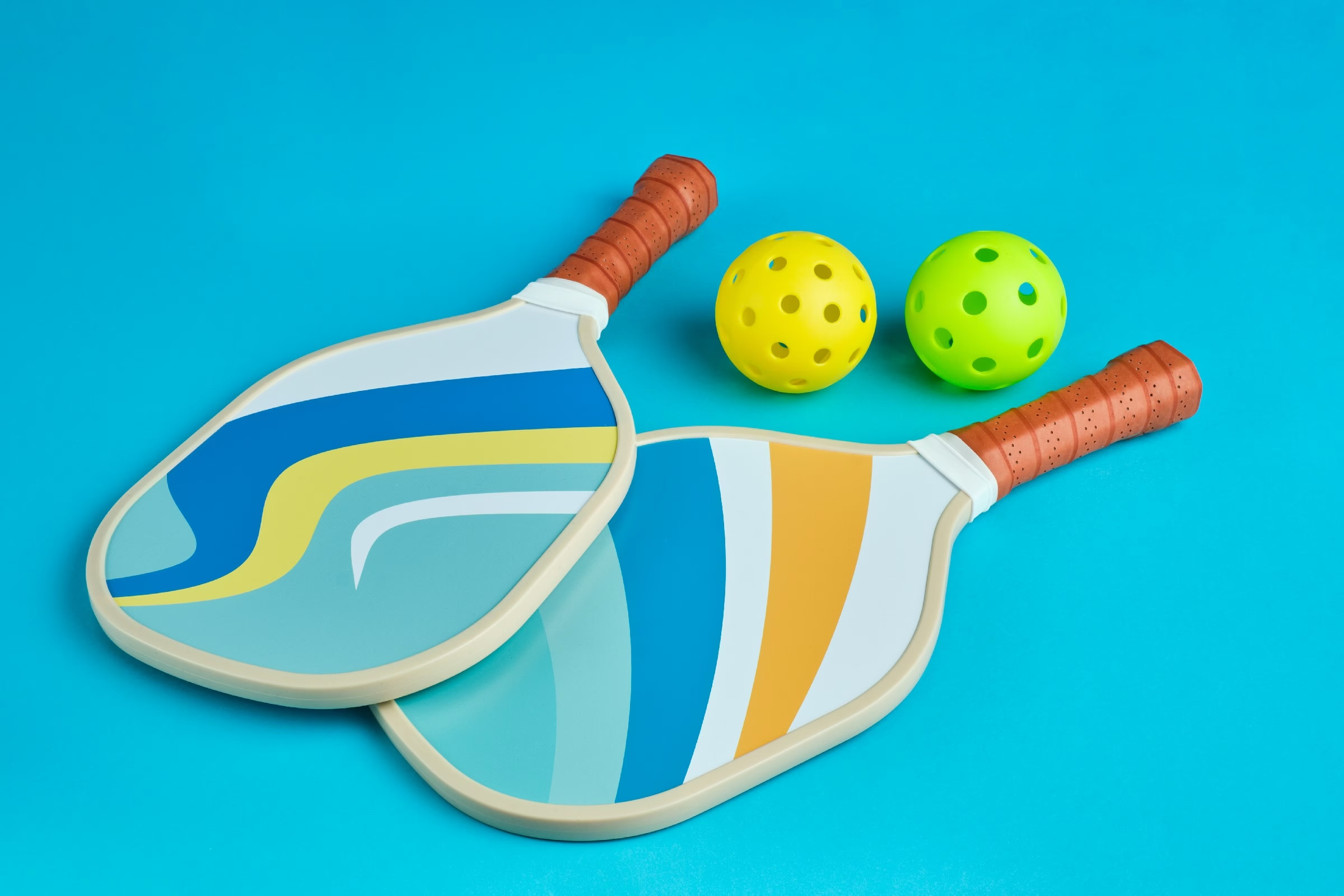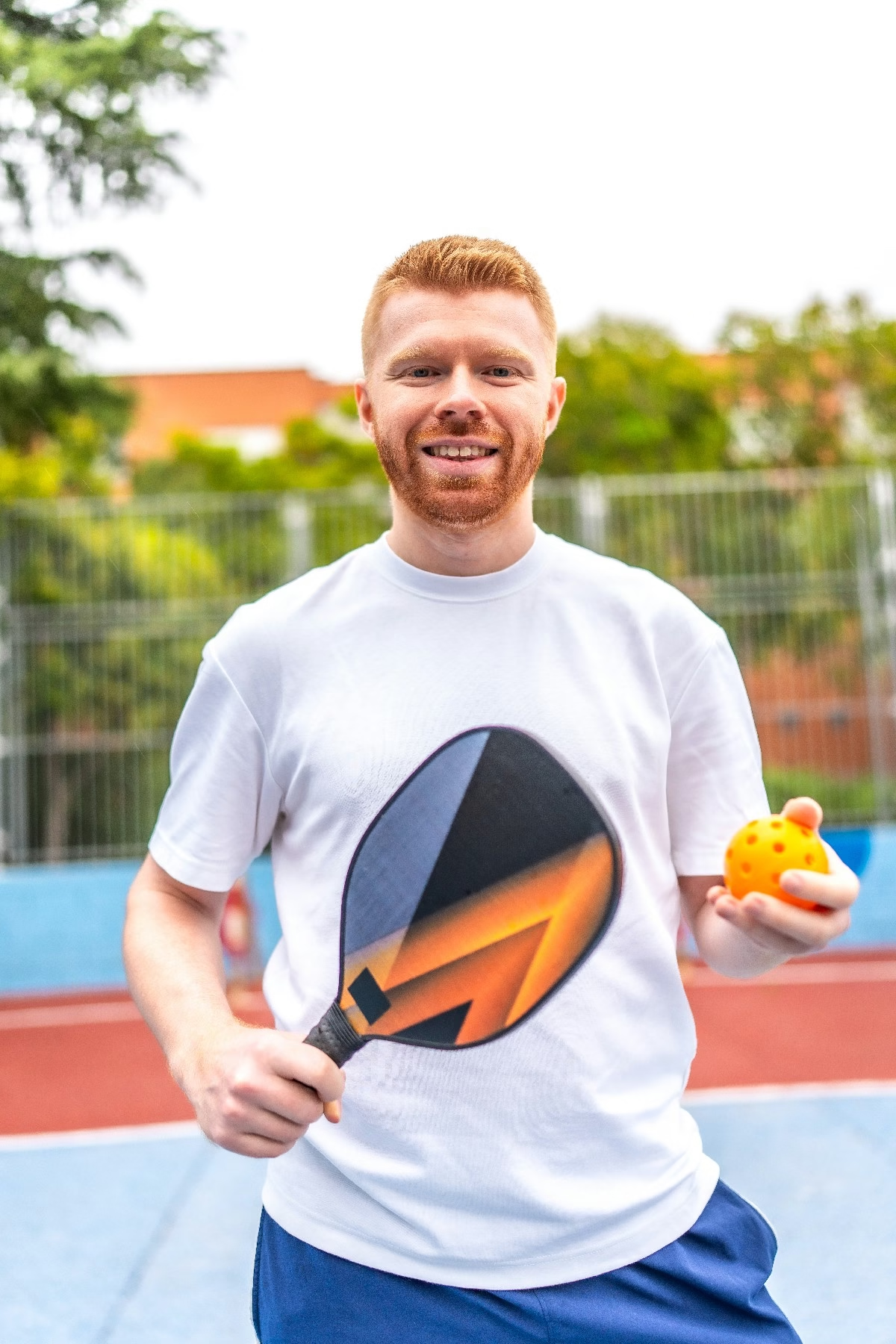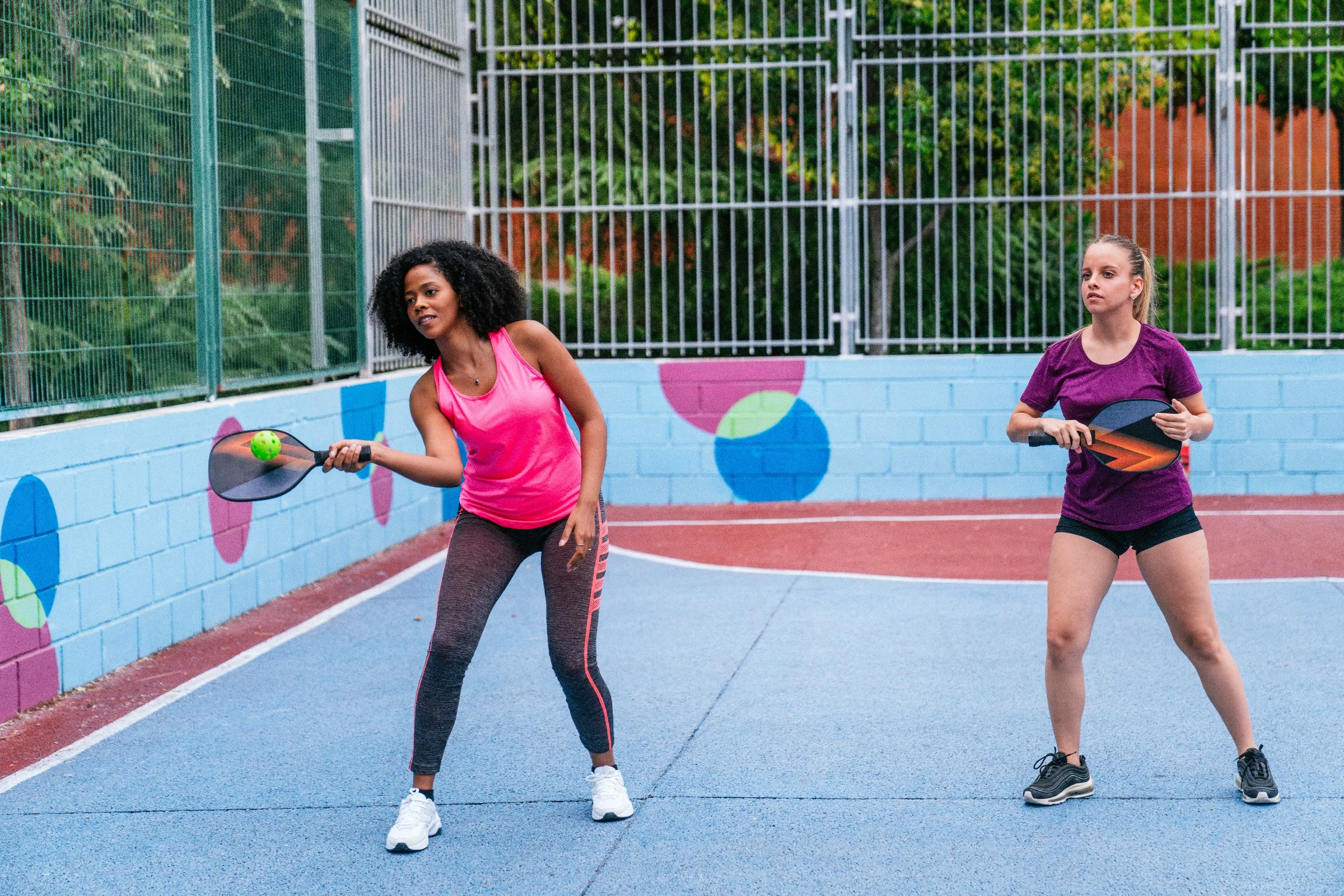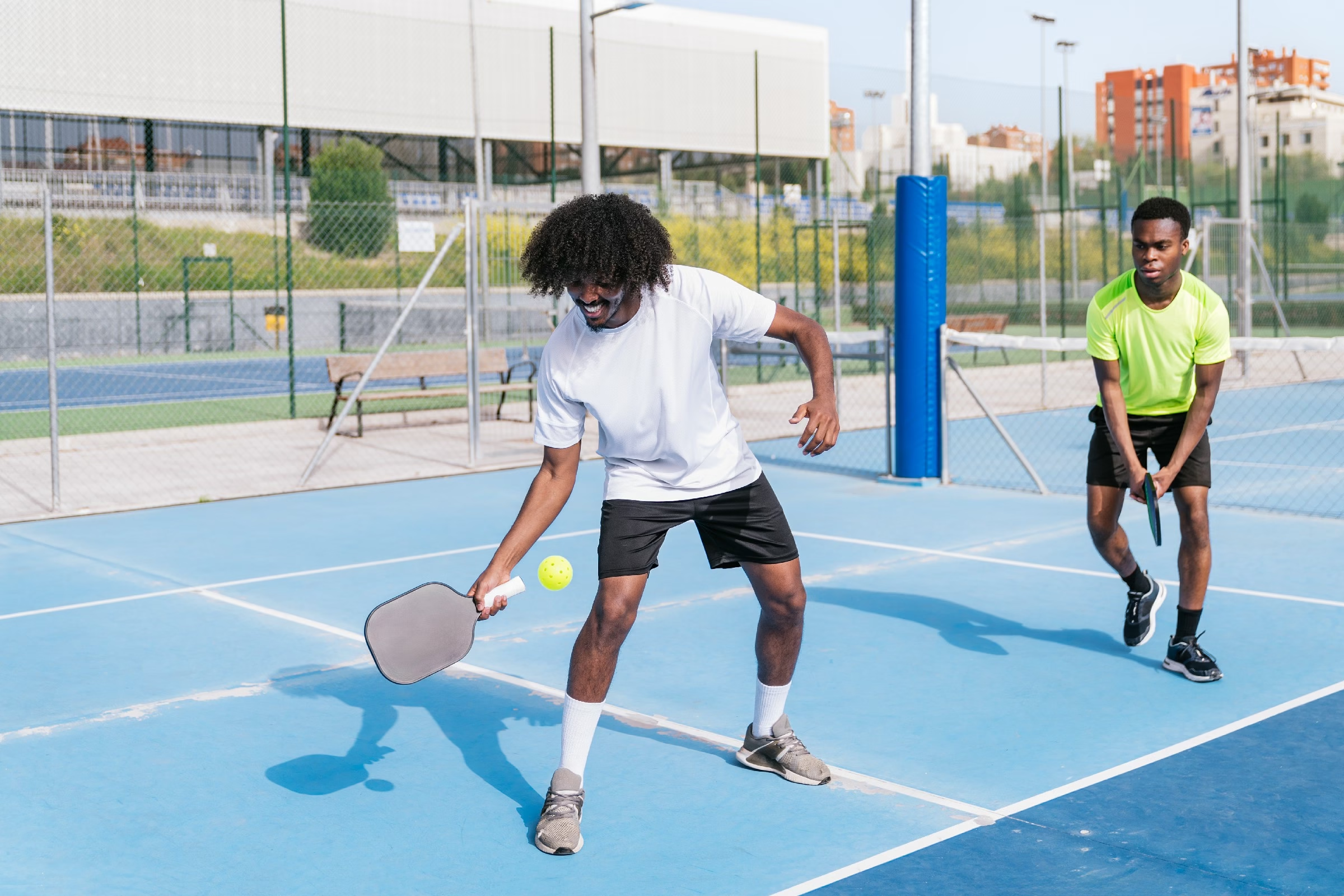Blog
will pickleball be a high school sport
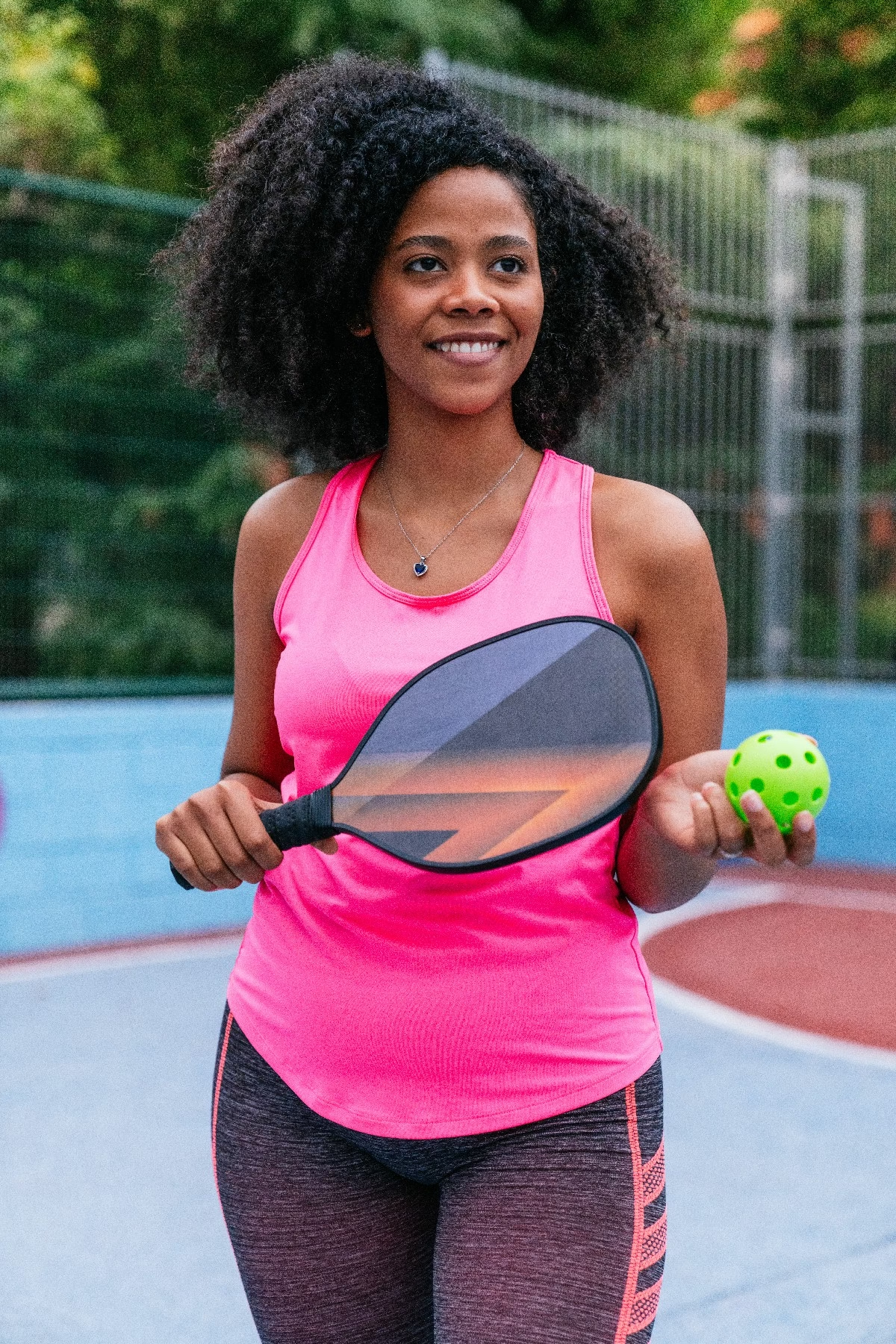
As the sun rises over gymnasiums and outdoor courts across the nation, a new contender is making waves in the world of high school athletics: pickleball. This quirky fusion of tennis, badminton, and ping-pong is fast gaining popularity, captivating students with its accessibility and social nature. With its rapid ascent, the question on many educators’ and athletes’ minds is whether pickleball will find a permanent place alongside traditional sports in high school curriculums. This article delves into the potential of pickleball as a legitimate high school sport,exploring its benefits,challenges,and the impact it could have on student engagement and physical education programs. As we navigate this exciting terrain, we invite you to consider what it could mean for the future of youth athletics.
Table of Contents
- The rise of Pickleball: A Case for High School Inclusion
- Evaluating the Benefits of pickleball on Youth Development
- Addressing Concerns: Pickleball’s Suitability in Educational Settings
- Infrastructure and Equipment: Preparing Schools for pickleball
- Engaging Stakeholders: Building Support for a New High School Sport
- Future Prospects: What’s Needed for Pickleball’s Success at High Schools
- Q&A
- In conclusion
The Rise of Pickleball: A Case for High School Inclusion
The popularity of pickleball has surged over the past few years, capturing the attention of players and spectators alike. Its blend of elements from tennis, badminton, and ping-pong makes it accessible to individuals of varying ages and skill levels. As high schools seek to diversify their athletic programs,incorporating pickleball offers a unique chance to engage students who may not resonate with traditional sports. It encourages teamwork, strategy, and physical fitness in a fast-paced, low-impact environment.
Another factor in favor of including pickleball as a high school sport is its growing community and support network. Local leagues and national organizations are actively promoting the sport, providing ample resources for schools to develop competitive programs. Parents, educators, and students alike are embracing the idea, recognizing that pickleball fosters essential life skills such as interaction, collaboration, and resilience. The simplicity of its rules makes it easy for newcomers to pick up and enjoy, promoting inclusivity and attracting student participation.
To better understand the current landscape, consider the following comparison of traditional high school sports versus pickleball regarding equipment, space, and budget:
| Aspect | Traditional Sports | Pickleball |
|---|---|---|
| Equipment Costs | High (uniforms, specialized gear) | Low (paddles, plastic balls) |
| Space Required | Large (outdoor fields or gymnasiums) | Small (can be played in smaller gym areas) |
| Skill Learning curve | Medium to high | Low to medium |
By providing a sport that is economically viable and easily integrated into school facilities, pickleball stands out as a feasible addition to high school athletics. As we witness its rising popularity, it becomes increasingly essential for educational institutions to recognize and harness its potential, allowing students to explore new horizons in physical activity and school spirit.
Evaluating the Benefits of Pickleball on youth Development
As the popularity of pickleball continues to rise, it is indeed becoming clear that this engaging sport offers numerous developmental benefits for young athletes. Teamwork and communication play central roles in the game,fostering essential social skills.Players quickly learn to collaborate with teammates, strategizing and problem-solving together on the court. These critical interpersonal skills not only enhance their athletic experience but also contribute positively to their interactions in school and beyond.
Furthermore, pickleball provides an excellent opportunity for youth to develop physical fitness in a fun and inclusive environment. With an emphasis on agility,hand-eye coordination,and cardiovascular endurance,the game encourages players to stay active while enjoying themselves. Engaging in regular physical activity through pickleball can help combat the rising trend of sedentary lifestyles among youth, promoting overall health and well-being. A table comparing the physical benefits of pickleball to traditional sports may be helpful:
| Sport | Cardio Benefits | Coordination Development | Social Interaction |
|---|---|---|---|
| pickleball | ✔️ High | ✔️ Moderate | ✔️ High |
| Soccer | ✔️ High | ✔️ High | ✔️ High |
| Basketball | ✔️ High | ✔️ High | ✔️ Moderate |
The accessibility of pickleball makes it an inviting sport for youth of all skill levels, promoting inclusivity and community engagement. Schools that introduce pickleball as an option in their athletic programs often see a rise in participation among students who might not be inclined toward more competitive sports. This inclusivity nurtures self-esteem, confidence, and a sense of belonging among participants, bridging gaps between diverse groups of students. By emphasizing enjoyment over competition, pickleball encourages youth to embrace active lifestyles that can last a lifetime.
Addressing Concerns: Pickleball’s Suitability in Educational Settings
As educators and administrators explore the integration of pickleball into high school sports programs, it’s essential to address various concerns that may arise. One primary issue is the perception of pickleball as a “fringe” sport, lacking the rigor typically associated with traditional sports. However, this perception can be debunked by highlighting pickleball’s unique combination of elements that promote not just physical fitness but also teamwork and strategy.
to support its inclusion in educational contexts, we can focus on the following advantages of pickleball:
- Inclusivity: The game can be enjoyed by students of varying skill levels, making it a perfect fit for diverse groups.
- Low Cost: Compared to othre sports, pickleball requires minimal equipment, reducing the financial burden on schools.
- Physical and Mental Benefits: Playing pickleball promotes cardiovascular health, coordination, and cognitive skills through strategic gameplay.
As schools weigh the potential of pickleball, it’s helpful to consider feedback from those who have implemented it successfully. A survey conducted among educators in schools that currently offer pickleball revealed the following insights:
| benefits of Pickleball | Percentage of Respondents |
|---|---|
| Increased student participation | 75% |
| Enhanced physical health | 67% |
| Improved social skills | 60% |
These statistics not only support the notion that pickleball can thrive in high school environments but also illustrate how it aligns with educational objectives. With its growing popularity and favorable outcomes, the journey toward establishing pickleball as a recognized high school sport seems promising.
Infrastructure and Equipment: Preparing Schools for Pickleball
As schools consider integrating pickleball into their athletic programs, infrastructure improvements become paramount. Facilities must not only accommodate traditional sports but also offer flexible spaces suitable for new activities. Schools can leverage existing gymnasiums by marking pickleball lines on the court, allowing for the dual use of the area. This adaptability ensures that facilities remain versatile while introducing students to a rapidly growing sport.
Investment in the right equipment is crucial for a successful pickleball program. Essential items include:
- Paddles: Lightweight and durable paddles suitable for student use.
- Pickleballs: Balls that are specific to the game, available in different colors for visibility.
- Nets: Portable nets that can be easily set up in gymnasiums or outdoor courts.
These basic tools will foster a proper learning environment and promote skill development among students eager to play.
Furthermore, community engagement in planning and developing these facilities can enhance the integration of pickleball within school programs. Schools might consider hosting community events to gauge interest and gather support. A simple survey, such as the one below, can help gather feedback on facility usage preferences:
| Facility Request | Interest Level (1-5) |
|---|---|
| Indoor Courts | 4 |
| Outdoor Courts | 5 |
| Equipment Rental | 3 |
| Pickleball clinics | 4 |
This approach not only strengthens community ties but also ensures that the necessary infrastructure and equipment align with the preferences of future players.
Engaging Stakeholders: Building Support for a New High School Sport
To successfully advocate for the inclusion of pickleball as a high school sport, it’s essential to engage various stakeholders. Start by identifying key groups such as school administrators, athletic directors, parents, and students. Each of these groups plays a critical role in either supporting or opposing the initiative.
Building a coalition is vital. Consider forming an advisory committee that includes:
- School representatives
- Local pickleball clubs
- Community members
- Health and physical education experts
This coalition can help gather resources, organize events, and serve as a platform for discussions. Additionally, hosting workshops or demonstration sessions can effectively showcase the sport’s benefits to students and the community, generating excitement and interest.
It’s also vital to communicate the educational and health benefits of pickleball. Establish a clear narrative that emphasizes how the sport can contribute to students’ well-being and teamwork skills. Use the following table to illustrate key advantages:
| Benefit | Description |
|---|---|
| Physical Fitness | A fun way to enhance cardiovascular health and agility. |
| Social Engagement | encourages team spirit and cooperation among peers. |
| Accessibility | Can be played on various surfaces and is suitable for all skill levels. |
By presenting these persuasive points, backed by real-life stories from students and success cases from other high schools, a stronger case can be made for the formal introduction of pickleball into the athletic program. This collaborative approach will create a sense of ownership among stakeholders and enhance the likelihood of securing their support.
Future Prospects: What’s Needed for Pickleball’s Success at High Schools
To establish pickleball as a staple in high school sports, a multifaceted approach is essential. First and foremost, curriculum integration is key.Schools will need to incorporate pickleball into their physical education programs, ensuring students understand the rules, techniques, and strategies of this dynamic game. By doing so,students can develop a base level of skill and enthusiasm for the sport before considering participation at a competitive level.
Additionally, it is crucial to foster partnerships with local pickleball associations and community centers. Such collaborations can provide resources and coaching, allowing schools to bridge the gap between traditional sports and newer options like pickleball. Hosting workshops and clinics can ignite interest among students and equip them with the skills necessary to thrive in this inclusive sport. Schools could also organize friendly tournaments to encourage participation and build a sense of community among students.
Lastly, promoting awareness and interest among students and parents is vital for widespread acceptance of pickleball. Effective marketing strategies, including engaging social media campaigns, informational sessions, and demo days, can generate excitement. Schools should highlight the benefits of pickleball, such as its health advantages and social opportunities, demonstrating how it can complement existing sports programs. Emphasizing accessibility and fun will attract a diverse range of participants, ensuring pickleball’s successful integration into high school sports.
Q&A
Q&A: Will Pickleball Be a High School Sport?
Q1: What exactly is pickleball?
A1: pickleball is a paddle sport combining elements of tennis,badminton,and ping pong. It’s played on a court designed similar to a tennis court,but smaller.Players use paddles to hit a plastic ball with holes, aiming to score points by landing the ball in the opponent’s court.The game’s easy rules and fast-paced nature have led to its growing popularity across all age groups.
Q2: why is there a conversation about pickleball becoming a high school sport?
A2: The surge in pickleball’s popularity, especially among younger players, has sparked discussions about introducing it to high school athletic programs. Advocates argue that pickleball promotes physical fitness, teamwork, and social interaction. Additionally, the sport can serve as an inclusive activity for students of varying skill levels, making it an attractive option for school sports programs.
Q3: What are the potential benefits of adding pickleball to high school sports?
A3: Adding pickleball as a high school sport could offer numerous benefits, including:
- Physical fitness: It provides a solid cardiovascular workout that can improve agility and reflexes.
- Social engagement: Pickleball encourages teamwork and builds camaraderie among students.
- Affordability: The equipment is relatively inexpensive, making it easier for schools to implement.
- Accessibility: With its straightforward rules, it’s accessible for students of all athletic backgrounds.
Q4: Are there any challenges in introducing pickleball as a high school sport?
A4: Yes, there are challenges to consider. Schools must ensure there are sufficient courts and equipment available, and training coaches who are educated about the game could be necessary. Additionally, the acceptance of pickleball may vary; traditional sports frequently enough take precedence in funding and priority, which could impact its adoption.
Q5: Has pickleball already been introduced in any high schools?
A5: Some high schools in the U.S. have already experimented with pickleball by incorporating it into their physical education curriculum or as an after-school club. These programs have seen success in attracting students who may not typically engage in traditional sports, thus promoting inclusivity.
Q6: Is there a movement or organization advocating for pickleball in schools?
A6: Yes, various local and national organizations are promoting pickleball in schools. The USA Pickleball Association is one such organization,providing resources and information to help schools implement programs. They’re also working to establish standardized rules and training for coaches, aiming to spark interest at a grassroots level.
Q7: What does the future look like for pickleball in high schools?
A7: While it’s still early in the conversation, many believe the future is promising. As interest in pickleball continues to grow, it seems likely that more schools will consider integrating it into their physical education offerings. With ongoing support and advocacy, pickleball could very well become an official high school sport in the coming years.Q8: How can students or parents get involved if they want to see pickleball in their schools?
A8: Students and parents can start by talking to school administrators and physical education teachers about introducing pickleball. Organizing community events, clinics, or even informal play days can also demonstrate interest and support to local schools. Additionally, connecting with local pickleball clubs might lead to collaborations beneficial to both the community and schools.
the aspiration to make pickleball a high school sport reflects the evolving landscape of youth athletics. With continued interest, organizational support, and community engagement, it may soon find its place in the hearts and courts of high school students nationwide.
In Conclusion
As we stand at the intersection of tradition and innovation in the realm of high school athletics, the potential for pickleball to become a recognized sport in educational institutions is both tantalizing and plausible. The growing popularity of the game, with its mix of strategy, skill, and social interaction, has captured the attention of many young athletes eager for new challenges.
While the future remains uncertain, ongoing discussions among educators, athletic directors, and students indicate a willingness to embrace this vibrant sport. Whether pickleball emerges as a staple in high school sports programs or remains a recreational pastime, its voyage speaks volumes about the evolving landscape of youth sports. As we continue to watch this evolution, one thing is clear: the joy of play—be it on a pickleball court or beyond—will always remain at the heart of athletic endeavor. The dialog is just beginning,and the potential for pickleball to carve out its niche in high school sports has only just begun to unfold. Keep your paddles ready; the game may just be starting!




